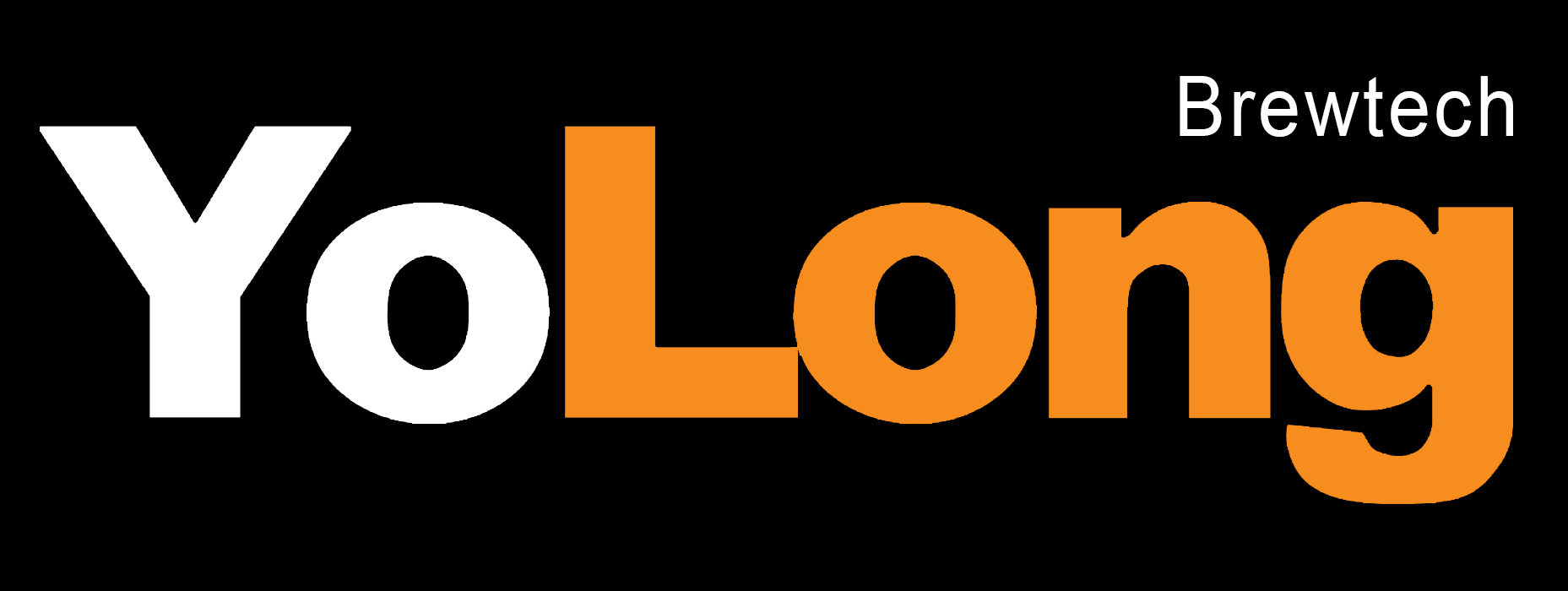How to Start Your Own Brewery
Do Market Research: Know the Terrain Before You Brew
Before you so much as sniff a hop pellet, take time to understand the landscape. Are you in an area already saturated with microbreweries, or is there a gap in the market? Are local drinkers fans of hoppy IPAs, or do they crave malty stouts and lagers?
Market research helps you understand your potential customer base, competitors, pricing strategies, and demand. Look into national beer consumption trends too. According to the Brewers Association, craft beer sales in the U.S. rose to $28.4 billion in 2023, representing 24.7% of the market share. That’s a hefty pour of opportunity—but only for those who do their homework.
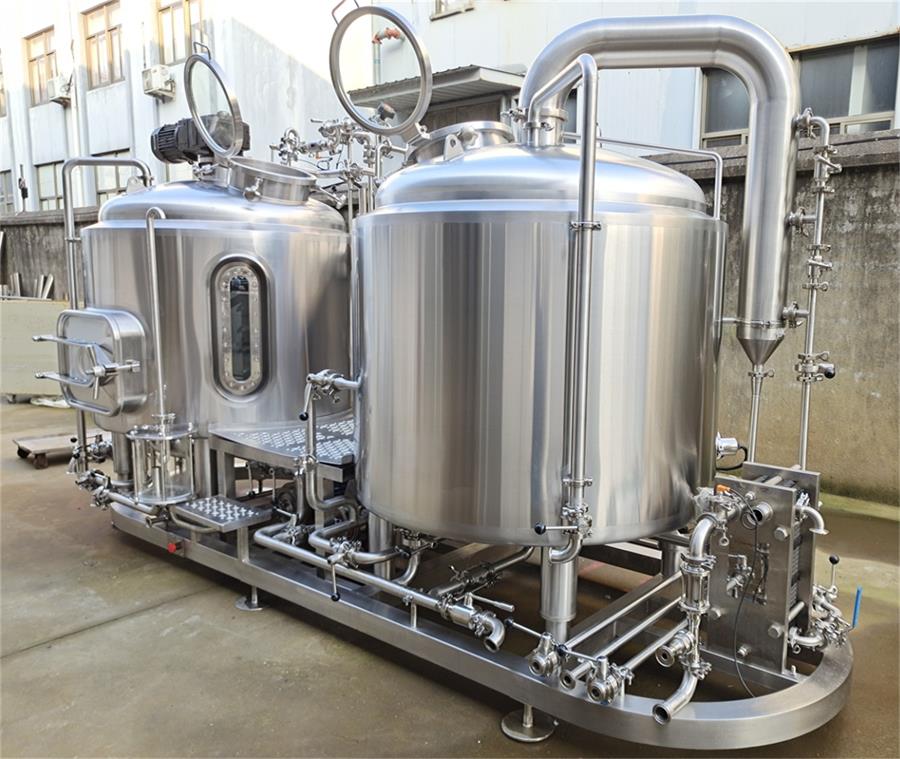
Create a Brewery Business Plan: Blueprint for Brewing Success
This isn’t just a formality. A solid business plan is your brewery’s north star. It guides decisions, attracts investors, and keeps you focused.
Break it down into key sections:
- Executive Summary: A snapshot of your brewery’s mission, style, and vision.
- Market Analysis: All that juicy data from your research.
- Organizational Structure: Who’s brewing? Who’s managing?
- Product Line: What beers will you offer? Seasonal? Flagships?
- Marketing Strategy: How will you promote your brand?
- Financial Projections: Equipment costs, revenue targets, cash flow, break-even analysis.
- Funding Request: If you need outside capital, this section matters.
Be realistic but ambitious. A brewery business plan is also a living document. Update it often as you evolve.
Understand Legal and Licensing Requirements: Brewing Within the Lines
Brewing is a heavily regulated industry. Miss a step, and you could face delays, fines, or worse—forced closure. Here’s what to get sorted:
- Federal Licensing: You must register with the Alcohol and Tobacco Tax and Trade Bureau (TTB). This includes approval for your facility and labels.
- State Licensing: Every state has its own alcohol control board with specific regulations and license types.
- Local Permits: Think zoning, health department, fire safety, and wastewater management.
- Business Formation: Set up an LLC or corporation, and get your EIN from the IRS.
Start this process early—it can take months. And always work with a legal expert familiar with alcohol laws.
Choose a Location and Brewery Type
| Factor | Details |
|---|---|
| Brewery Types | – Microbrewery (small, local distribution) – Brewpub (brew on-site and sell food) – Contract Brewery (outsource production) |
| Space Requirements | – Brewing system + fermenters + cold storage – Tasting room or pub area – Office and restroom facilities |
| Zoning and Compliance | Ensure location is zoned for alcohol production and retail. Check utilities (power, water, drainage). |
| Foot Traffic & Demographics | Ideal if you want a taproom: near downtowns, entertainment areas, or other breweries (brewery districts are hot!). |
| Leasing vs. Owning | Leasing is cheaper upfront but may limit renovations. Owning provides more control but costs more. |
Choosing the right location and brewery model is like pairing beer with food. The right match brings out the best in both.
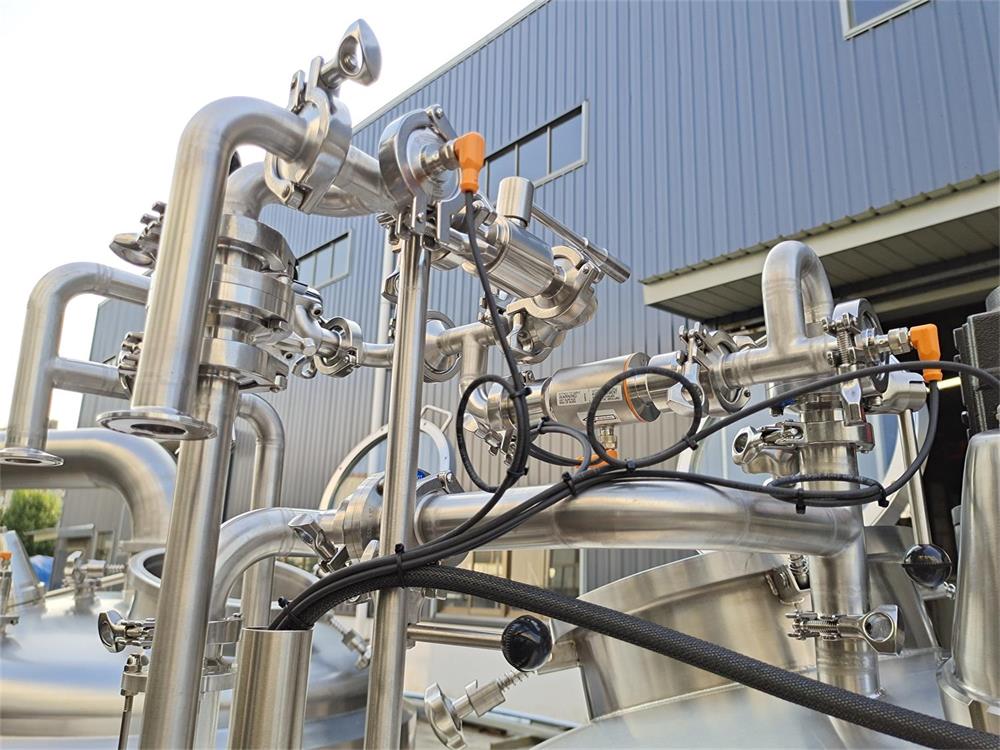
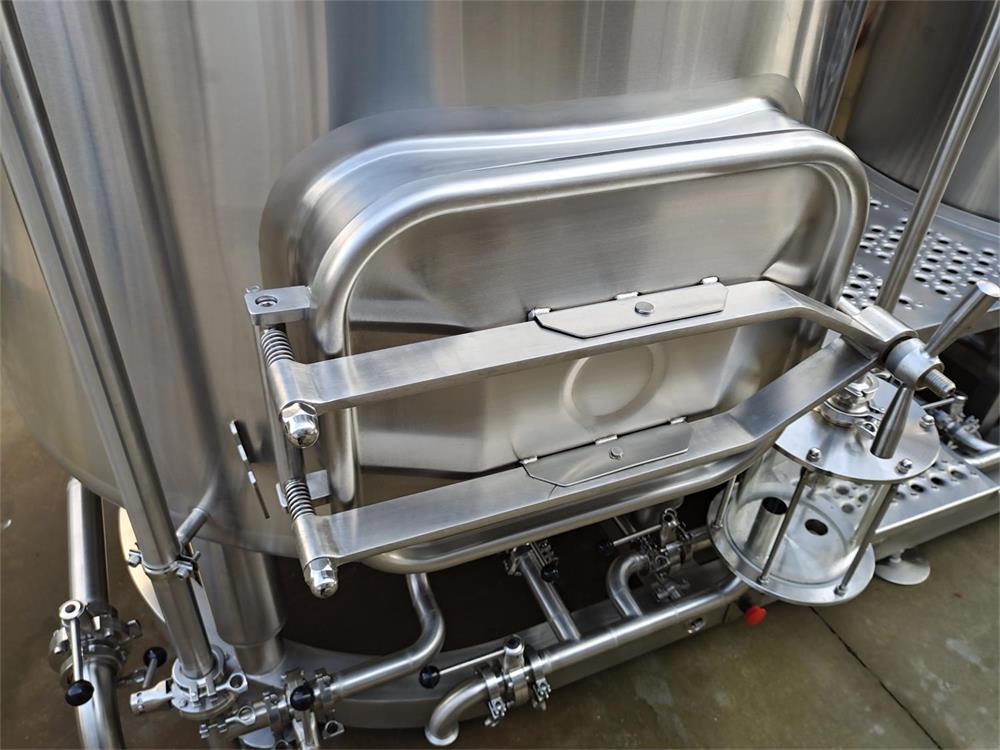


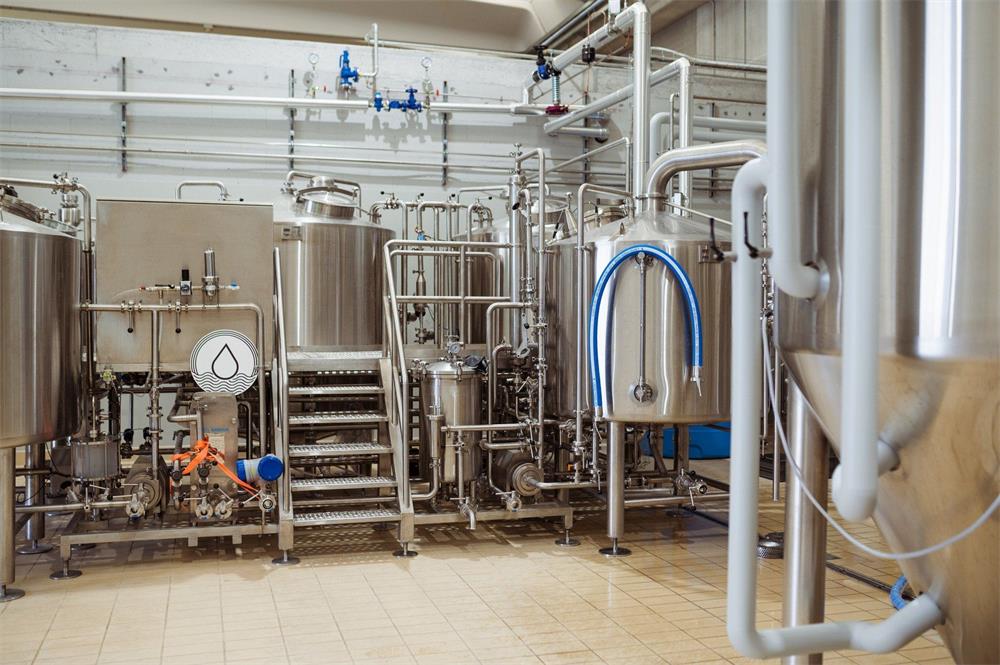
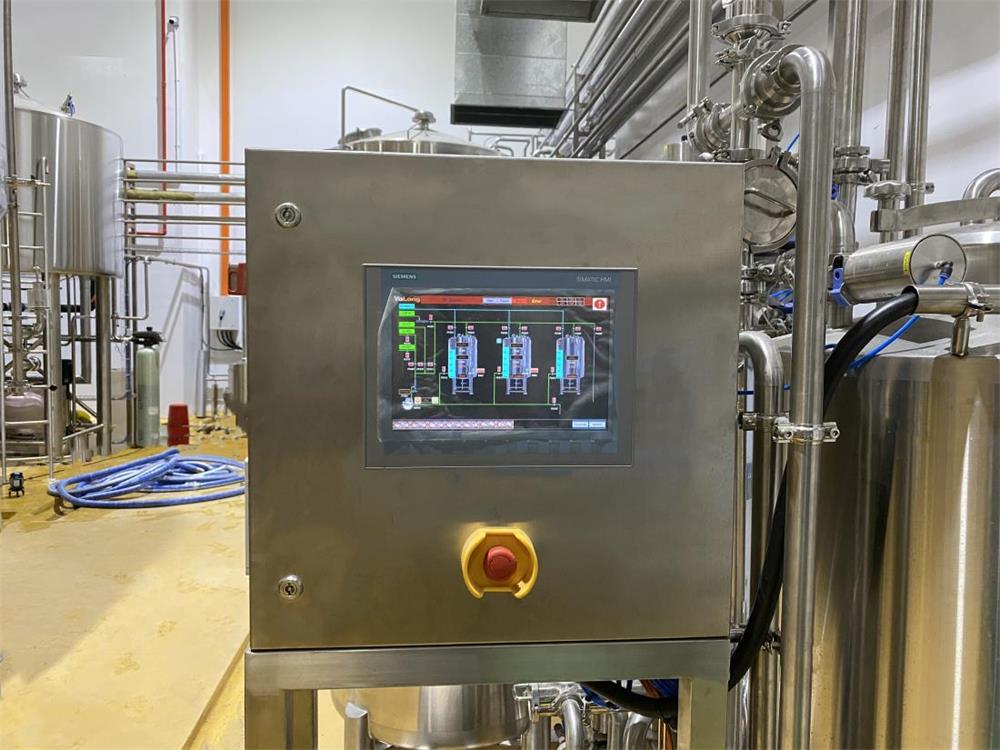
Purchase Equipment and Ingredients: Brewing Gear Breakdown
Here’s where your inner gearhead gets excited. Your setup depends on your production goals. A nano-brewery might only need a 1-3 barrel (bbl) system. A larger microbrewery? Think 7-30 bbl.
| Equipment | Purpose | Estimated Cost Range (USD) |
|---|---|---|
| Mash Tun | Converts grain starches into sugars | $5,000 – $20,000 |
| Brew Kettle | Boils wort with hops | $5,000 – $25,000 |
| Fermenters | Ferments wort into beer | $3,000 – $10,000 per unit |
| Bright Tanks | Clarifies and carbonates beer | $4,000 – $12,000 |
| Glycol Chiller | Controls fermentation temperature | $5,000 – $15,000 |
| Kegs/Bottling Line | Packages the final product | $10,000 – $150,000 |
And of course, you’ll need ingredients: malt, hops, yeast, and water. Local sourcing helps with freshness and branding. Specialty hops from New Zealand? Exotic, sure, but shipping costs and availability could be a buzzkill.
Develop Your Brand and Beer Recipes: Brew Personality Into Every Pint
Craft beer drinkers don’t just buy flavor—they buy story, style, and soul. What sets you apart? Is it your artistic labels? Your irreverent humor? Your commitment to sustainability?
Branding goes beyond a cool logo. It’s how your taproom feels. It’s your Instagram tone. It’s whether you name beers after local legends, punk bands, or forest creatures. A cohesive brand makes you memorable.
Then there’s recipe development. Start small and iterate. Experiment with hop combinations, specialty malts, adjuncts like fruit or coffee. Keep detailed brew logs. Get feedback constantly. Build a core lineup and seasonal or limited releases. Balance accessibility (crowd-pleasers) with uniqueness (standout styles).
Hire or partner with a skilled brewmaster if you’re not already one. Recipe development is chemistry, artistry, and trial-by-yeast.
Promote and Launch Your Brewery: Get Buzzing Before the First Pour
You’ve got the gear, the recipes, the brand. Now, get people excited. Start building your audience long before you open. Document the build-out on social media. Tease your beer names and designs. Host tastings at local events.
When it’s time to launch, think big. Soft opening for friends and influencers. Grand opening party with live music, food trucks, and brewery tours. Collect emails, reward check-ins, run beer release countdowns. Create a loyalty program.
Also: partner with other local businesses. Collab with coffee shops, bakeries, or farms for unique brews. Cross-promote with local artists or musicians.
Word-of-mouth is your best advertising.
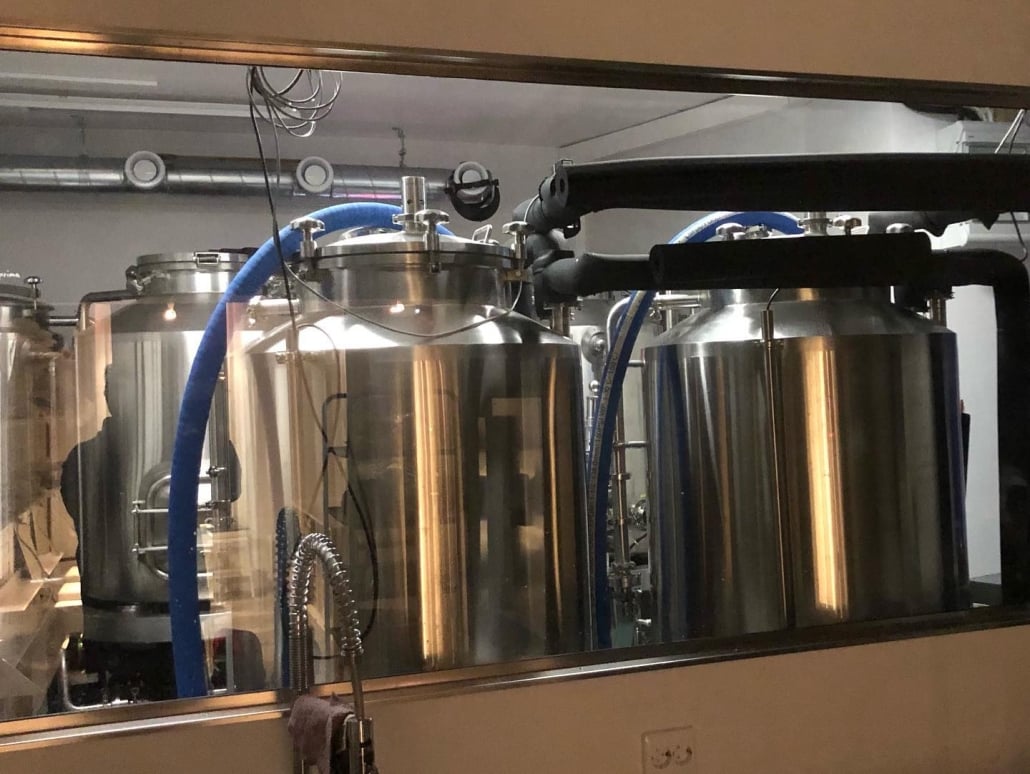
FAQ
| Question | Answer |
|---|---|
| How much does it cost to start a brewery? | Costs vary widely: $250,000 for a nano setup, up to $2M+ for a full-scale microbrewery with taproom and packaging line. |
| How long does it take to open a brewery? | From idea to first pour? Typically 12 to 24 months, depending on licensing, buildout, and funding. |
| Do I need to be a brewmaster to start a brewery? | Not at all. Many owners hire head brewers or partner with experienced brewmasters. But beer knowledge helps in decision-making. |
| What are the biggest challenges? | Licensing delays, inconsistent quality, high startup costs, marketing saturation, and competitive distribution. |
| Is a brewery profitable? | Yes—if managed well. Taprooms have high margins. Distribution margins are thinner. Consistent quality and branding are crucial. |
| Can I start small and grow later? | Absolutely. Many successful breweries started as 1-barrel systems or even homebrewers before scaling up. |




